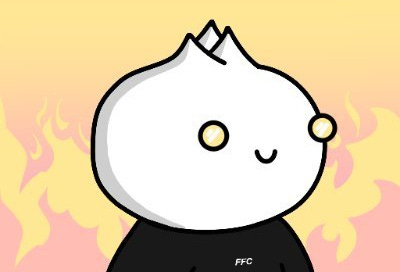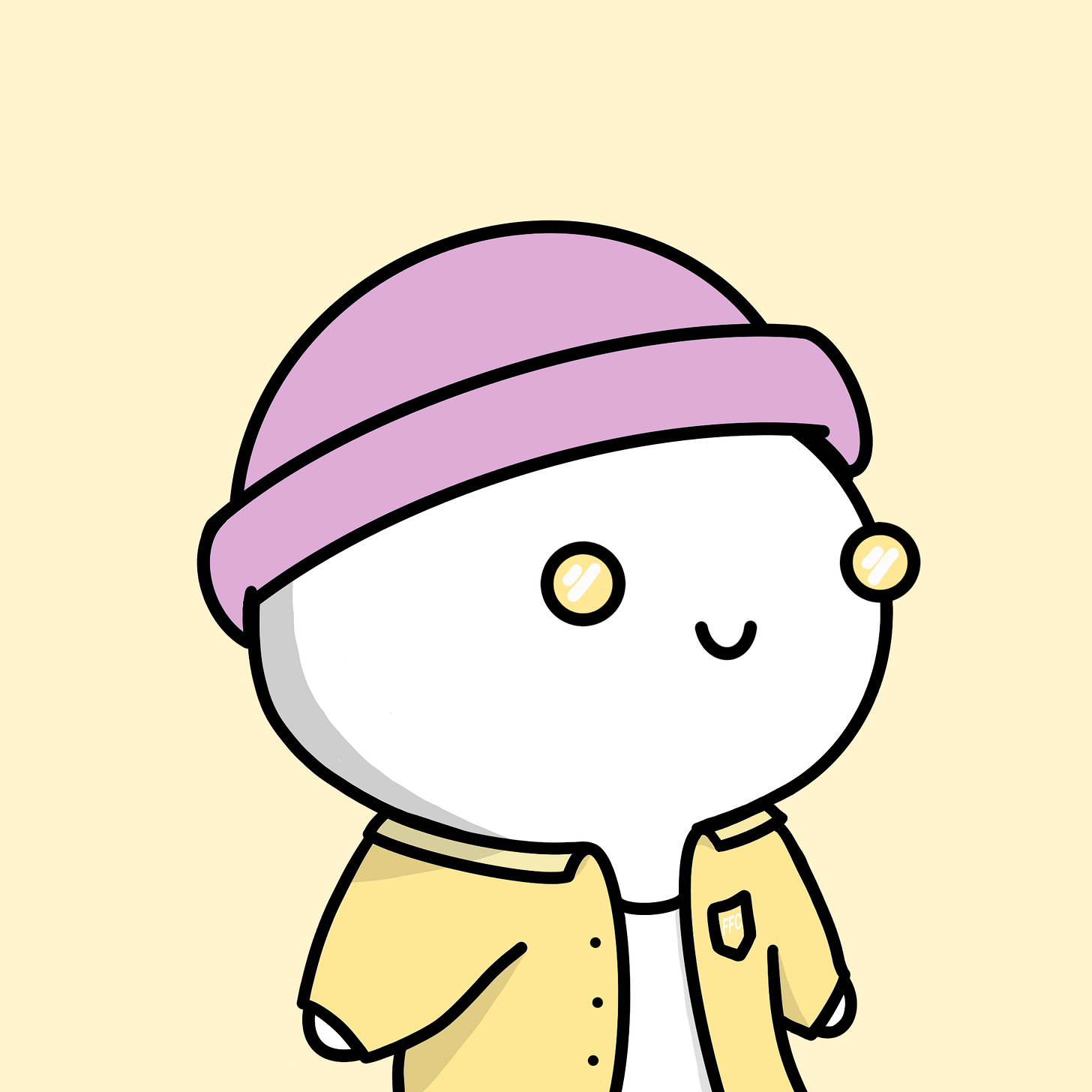Profile picture (PFP) projects are one of the most popular and accessible categories of NFTs. It goes without saying that a large reason why NFTs going mainstream is the successful PFP projects like CryptoPunks and BAYC. (In our previous article we discuss how these projects are now evolving into consumer brands).
However, as a buyer of art, have you ever paused to think about how the art is created? How exactly are all the PFPs made, and how does the rarity come about?
An examination into the different traits and their associated rarity is often necessary to truly develop an appreciation for PFP NFTs.
The elements of a PFP NFT
A PFP NFT can be broken down into its constituents and summarised with the following formula:
Base Character + SUM (Layers x Traits x Probability of Occurrence)Base Character — the main character which acts as the foundation upon which the layers of art are built on e.g. Baos, Apes, or anime characters.
Layers — the categories of additional elements placed on the base character e.g. hats, necklaces, mouths, backgrounds and skin.
Traits — the variations within the layers on the base character e.g. steamers, salmon, and rice paddy hats.
Probability of Occurrence — statistical allocation of how frequent the trait will appear. The combination of the rarities of each of the layers and traits ultimately determine the overall rarity of the NFT within the collection.
Feeding the above four ingredients into algorithms (e.g. HashLips) will automatically shuffle all the different layers and traits onto the base character — generating the entire collection.
Aside from examining the rarity of the NFT you own or plan on purchasing, you can also gauge the quality of a project team by the level of detail in the NFT traits. It is important to examine the sneak peaks of a project prior to launch, as the quality of art is often — but not always — a strong indicator of project success.
The good, the bad and the ugly
Diving deeper into each of the elements of the NFT PFPs, let’s unpack some trends we’re seeing that distinguish projects from the rest of the pack.
Base Character
The fundamental desirability of PFP NFTs are often decided by whether the Base Character resonates with prospective holders. The key question being answered is, “Does this character represent me (or a part of me)?”
The best Base Characters are:
Pseudonymous — creates an identity which empowers the holder to take on the values and persona of the NFT project.
Empowering — brings focus to under-represented groups or voices, uniting its holders through the use of caricatures, imagery or symbolism.
Immersive — harnesses the power of the character portrayed to build a compelling narrative and universe.
Example: Fortune Friends Club features Baos as our base character, which is rich in cultural symbology. Not only does it reference the Chinese words for “precious treasure” (宝) and “steamed dumplings” (包) — it also represents the importance of food in uniting friends and family. It’s pseudonymous so anyone can relate, and culturally relevant for anyone who loves Asian cultures.
Potential pitfalls of a Base Character can be:
Discriminatory — creates a polarisation of potential community members and also creates a negative perception of the NFT from onlookers.
Copycat — signals a lack of originality through mimicry or replicating motifs which often translates to a lack of innovation and creativity for the project.
Undesirable — art styles that don’t appeal to people and isn’t something one might want to own (much less pay money for).
Layers and Traits
Built on top of the Base Character are the layers and traits, which often pay homage to cultural references — which give personality to the collection!
The best layers and traits are:
Unique — well-themed layers and traits combine to form strikingly noticeable personas which resonate with holders and build their online identities.
Aesthetic — visually stunning and fashionable traits across multiple layers.
Personal — well-curated traits create deep sub-narratives of personalities within the universe of the NFT which form a personal bond with holders.
Example: Azuki features aesthetically crafted traits which have high amounts of detail, and layer together well to give a personality to each of the NFTs. Each layer is meaningfully assembled with fashionable Japanese themed accessories and attire. Across all the 454 individually designed traits, even the most common Azukis are aesthetic and desirable due to their incredible traits.
Potential pitfalls in layers and traits:
Unappealing — meaningless traits which are included in a collection which are un-aesthetic or add nothing to the narrative behind the PFP.
Offensive — careless or blatantly discriminatory traits which promote hatred or prejudice will damage the NFT collection or even make it contraband.
Unobservable — traits which are non-obvious and don’t alter the Base Character significantly add less visual value to holders.
Probability of Occurrence
Once the art is complete, the final step is to assign probabilities to the generation process which ultimately determine which traits lead to Common’s, Rare’s, or 1 of 1’s .
The more thoughtful Probability of Occurrences lead to:
Collectibles — embedding tiering of rarities or different classes of NFTs drive holders to collect multiple. Well planned distributions allows Rare and 1 of 1 NFTs to attract a premiums to the floor price, as it elevates their holders into an honorary positions amongst the respective communities.
Liquidity — the inclusion of Common NFTs balances out the collection providing a clear floor price and liquidity for holders to easily enter and exit into the project without ambiguity to the valuation.
Example: Alien Frens features different types of aliens comprising of: 3,990 Xenos, 2,990 Femis, 1,990 Lochias, 984 OLUs, and 10 Zombies. Each class unlocks different rewards for the holders, look distinctively different and each sit at a different floor price. Upon release, one of their five 1 of 1’s was quickly snatched up by Gary Vee.
Potential pitfalls in assigning the Probability of Occurrence can lead to:
Homogeneity — creates an inability to distinguish Rare NFTs from Common ones and quashes collectors’ desire to pay a premium to stand out. Without alignment between aesthetics and rarity, prospective buyers cannot confidently value an NFT or confidently pay a premium.
Uncollectible — no reward or incentive to purchase more than one and therefore reducing demand.
A desirable and collectible PFP begins and ends with the art. NFT Projects which do well in each step of the generative art process not only lay the foundations of an aesthetically pleasing collection, but is a strong signal of an exciting project.
—
If you haven’t already, please join us in the Fortune Friends Discord Server and meet our wonderful community! Most of the server is free, but for full access to our private content and events you will need to own a Bao NFT which you can purchase here.
If you enjoyed reading, please consider subscribing below to receive email updates 🥰
Oh, also, forget to mention that all subscribers can enter a subscribers-only whitelist raffle for upcoming NFT projects! 😉 (Instructions in the Welcome Email)










